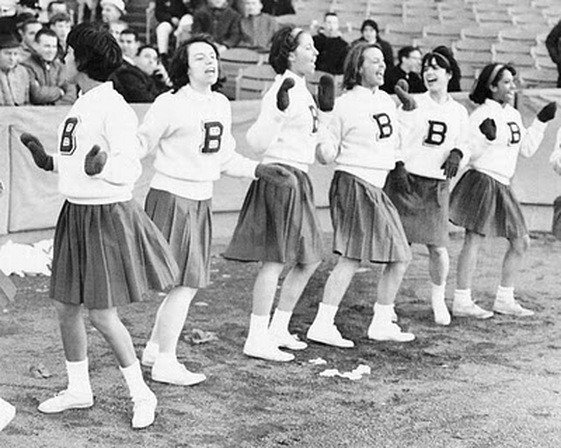The beginning of women's sports started out along less competitive lines than activities for men. Factors such as poise and grace were common goals instead of large muscles and a physical physique. In the early 1900's, women believed that a focus on winning would compromise ideals of fair play and and unfairly favor the most gifted athletes at the expense of motivated but less talented players. They instead stressed widespread participation and sportsmanship. Their objective at the time was "a girl for every sport and a sport for every girl."
By the late 1960's, this historic model of women's sporting activities was provoking widespread dissatisfaction. Supporters of the newly emerging women's movement were among the most concerned individuals. Interscholastic and collegiate programs for female athletes were rare, if any any existed at all. Many of the physical education programs found at the time consisted of activities that required very few skills such as hula-hooping and ring toss.
Other interscholastic activities for women fed off of men's competitions such as cheerleading and pep club. An estimated 50,000 sports scholarships were available for men in the late 1960's compared to about 50 for women. The men's sports teams were also being funded through the schools while women's teams had to rely on bake sales, private donations, and handed down used equipment from the men's teams.

